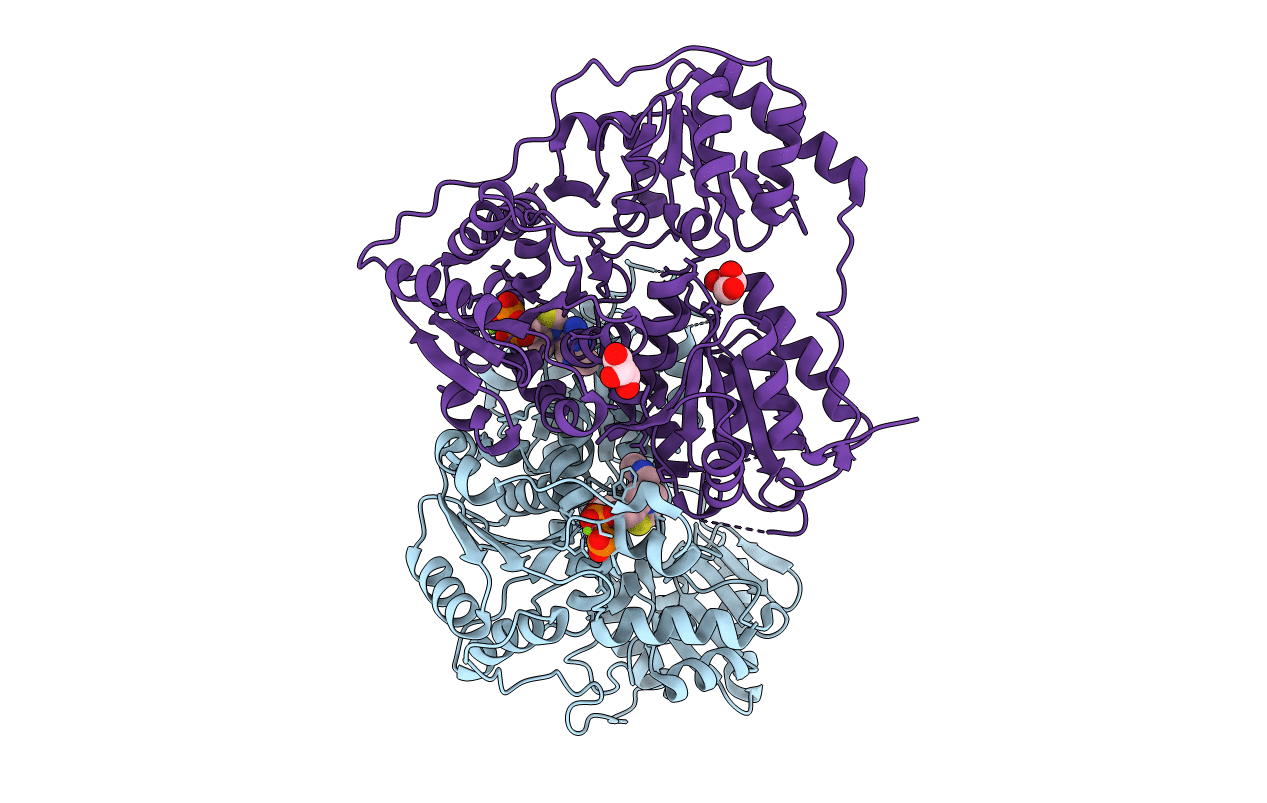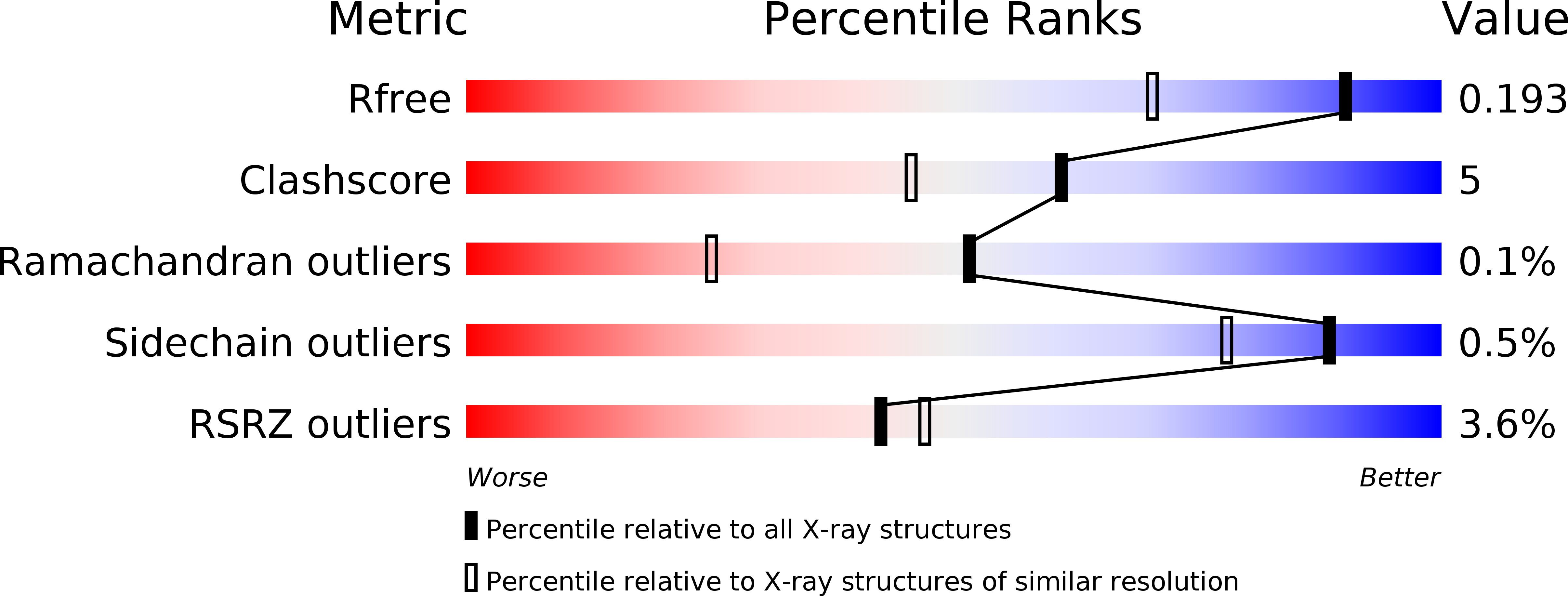
Deposition Date
2006-11-20
Release Date
2007-05-29
Last Version Date
2023-08-30
Entry Detail
PDB ID:
2NXW
Keywords:
Title:
Crystal structure of phenylpyruvate decarboxylase of Azospirillum brasilense
Biological Source:
Source Organism:
Azospirillum brasilense (Taxon ID: 192)
Host Organism:
Method Details:
Experimental Method:
Resolution:
1.50 Å
R-Value Free:
0.19
R-Value Work:
0.17
R-Value Observed:
0.17
Space Group:
C 2 2 21


